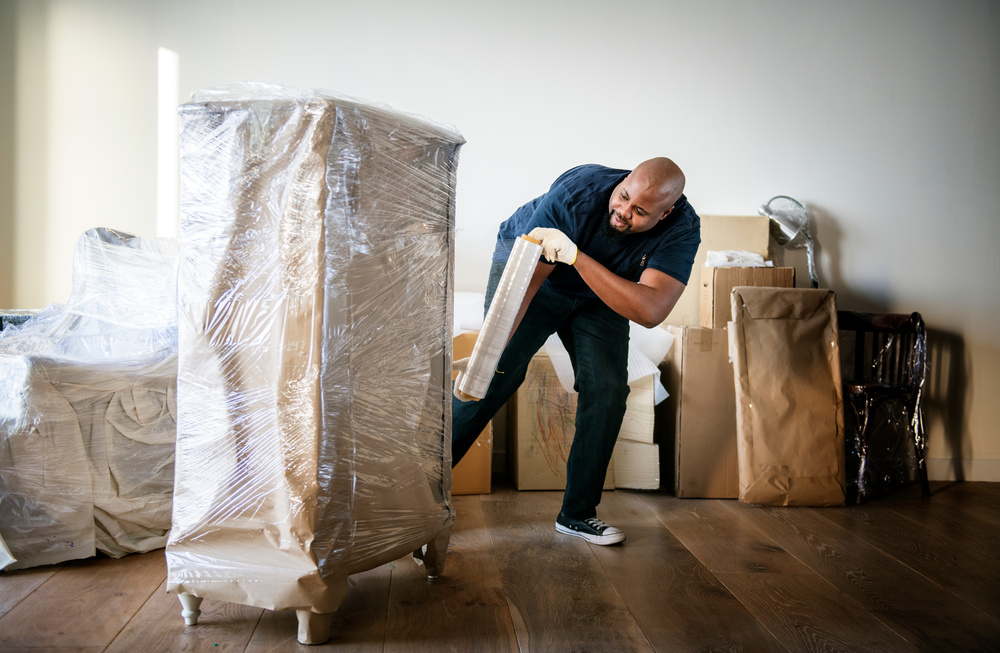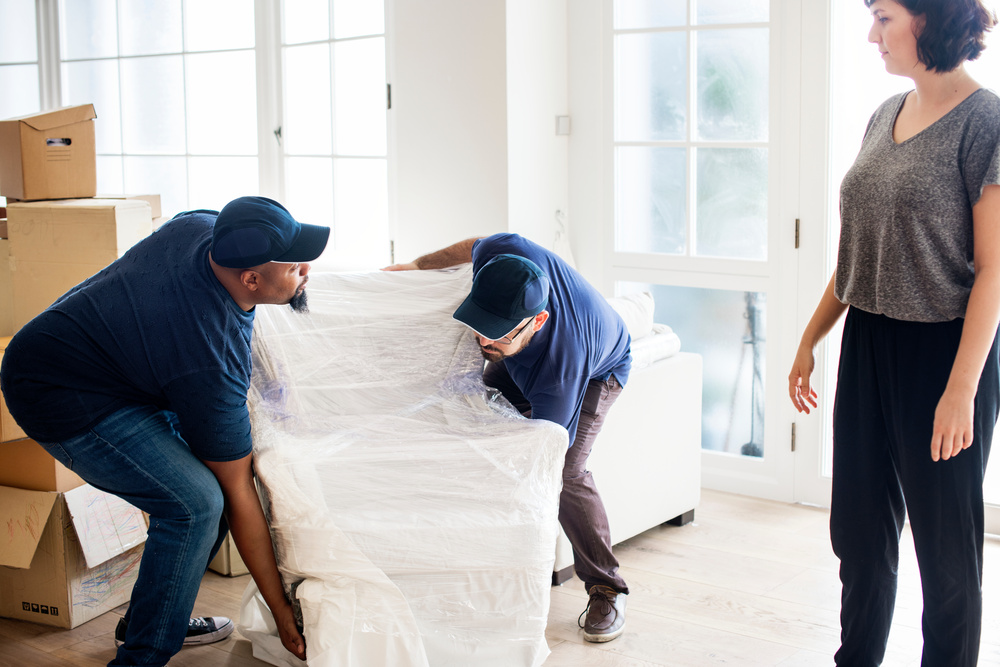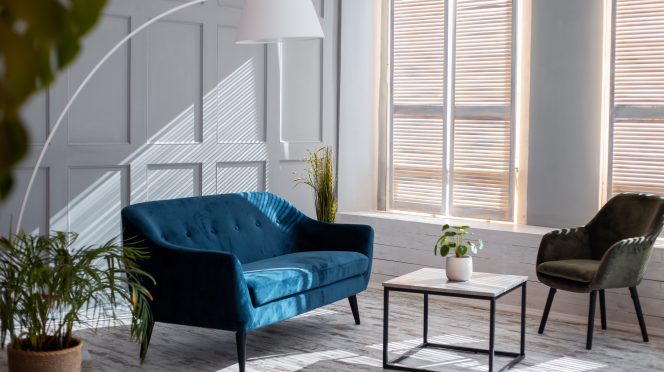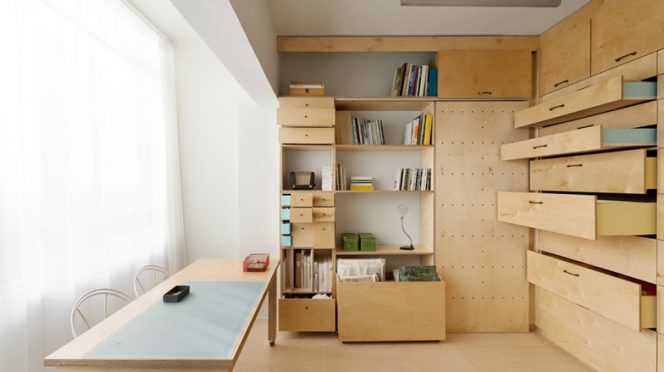Owning a little portion of one of your preferred Australian vacation spots can provide you with a space to unwind and refresh. But having such a property is just the start. To genuinely build a home away from home, you’ll need to furnish and decorate your property.
Preparing for moving day into your holiday home can be a daunting task. Although storage solutions such as furniture storage Auckland are equally within your reach, there are several things to take into account, depending on your objectives. Ultimately, what to bring to ensure the smoothest relocation of your holiday home requires planning and preparation.
Using the following moving guideline tips, let this post assist you in moving your furniture to your new paradise.
1. Get Appropriate Moving Equipment
Before you begin the moving process, it’s important to get the necessary equipment to facilitate the move. Many can be rented from moving firms or purchased at a reasonable cost. Some crucial tools to make the job easier for you include:
- Shoulder Dolly/Moving Straps
These practical, tiny straps that attach to your shoulders help shift part of the weight of the furniture’s downward impact from your back to stronger muscle regions. They relieve pressure on your back by utilizing leverage and powerful muscle groups. Additionally, they free up your hands so you can move awkward objects. - Furniture Sliders
Slides come in a variety of forms and sizes. They can be used to quickly move an object around hard or ceramic surfaces by slipping them under each leg and corner of furniture without large legs. Making your sliders is very simple; just use plastic container covers, moving blankets, Frisbees, bedspreads, towels, or scraps of carpet. Use soft, padded sliders for hard flooring and firm plastic sliders for carpets. - Moving Dolly
This is essentially a trolly that may be used as a little forklift truck to pick up anything. It’ll assist in letting you easily load and transport furniture where it needs to be.
2. Ensure All Items Are Protected
When moving through confined spaces or up and down stairs, furniture can easily become scratched. Protect your furniture from harm by using bubble wrap and other shielding materials like moving blankets, stretch film, and the like.
Protecting the furniture you’re relocating with moving blankets is essential. Dressers, tables, and other pieces of furniture should be completely wrapped in moving blankets and fastened with stretch film to prevent damage to the finish and delicate edges. Having multiple layers of protection will ensure they arrive in your new house undamaged and without any harm.
3. Dismantle Any Furniture You Can Reassemble
Ahead of your relocation, start disassembling any furniture that you won’t be using and keep reassembling instructions in a secure location. Reduce the bulk by disassembling furniture that can be put back together at your vacation home. Keep in mind that removing the sofa legs will always make a sofa a few inches smaller so you can fit it through a doorway.
Furniture like recliners, bed frames, vanities, wardrobes, and the like can also be taken apart. Similarly, remove all knobs, drawers, shelves, racks, and legs from any piece of furniture you want to make lighter.
4. Use Appropriate Moving Techniques
To prevent damage to yourself and furniture, check each piece of furniture individually and apply the best moving technique.
- Moving Tall Items
Moving tall furniture can be done using the high and low method. Yet multiple pairs of hands are advised to lift the object. While others lift from the bottom, other persons take the top portion. This method works well for moving beds; it may also be used for large pieces of furniture. - Moving Long Items
Long items such as sofas are nearly impossible to carry horizontally through doors. To facilitate such item movements, place them on their side and slide them to the doorway or carry them vertically. A hack is to tilt the top away from the door to obtain several inches of clearance if it is a little taller than the door aperture. - Moving Heavy Items
Due to the risk of slipping or breaking the object when working in restricted places, you must exercise extra caution when transporting furniture up and down stairs. Getting help and making the thing as light as possible can help you move it safely. Consider utilizing a specialized tool, such as a winch, if the object is particularly heavy or challenging to move. It can be positioned such that it pivots or is anchored to the wall to aid with the load.
5. Plan Furniture Placement
Make an advance decision regarding the furniture placement at your vacation home. Plan out your arrangement with accurate measurements of the rooms and furniture. Lastly, a copy of the plan should be taped to the walls of each room so that movers can quickly see where things go.
Conclusion
It can be challenging to have everything ready for moving day, but if you follow the instructions, the task will be completed flawlessly. Just take a few deep breaths and face it head-on.














